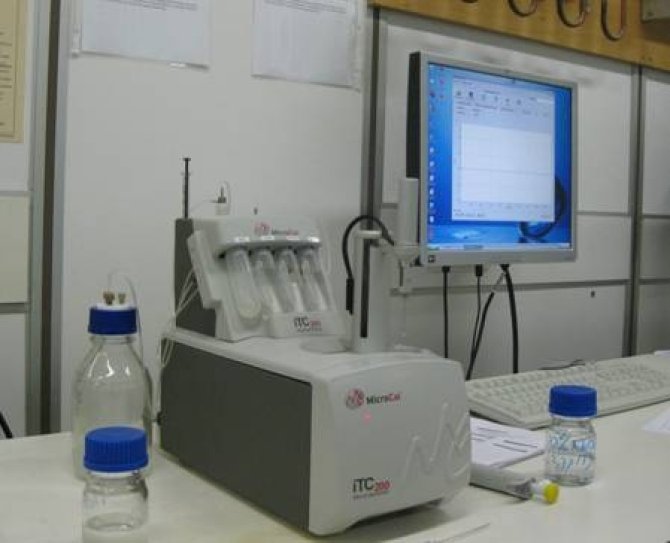Project
Separation and isolation of minor components (SEISMIC)
Many product or even waste streams in industry contain components that may be interesting for e.g. functional foods.
Introduction
These products streams are typically large in volume and contain only a small amount of the component of interest. In order to efficiently remove the component, a robust and highly selective separation process should be developed.
One method to selectively capture a target component from a mixture is the use of protein-based affinity ligands in affinity chromatography. These ligands are specifically designed for the target component and often have very strong binding characteristics. However, these ligands are still very expensive and therefore special attention should be paid to efficient regeneration of the ligands.
Project aim
This project focuses on the development of a novel separation process for large (continuous) process streams containing small amounts of the target component. The process is based on the use of affinity ligands to capture the component of interest.
Research
Bovine serum albumin (BSA) is used as a model target component to investigate the adsorption and desorption process. Special focus will be put on the desorption process, since the ligand binds very strongly to its target component.
Several configurations for affinity adsorption (packed bed, expanded bed and membrane adsorption) have been investigated using mathematical modeling. However, these models have to be validated using experimental data.
Both batch and packed bed experiments are used to characterize the adsorption and desorption behaviour. For these experiments the ligand is immobilized onto commercially available agarose beads. The packed bed experiments are performed using an Äkta Purifier chromatography system (GE Healthcare, Figure 1).
Figure 1. Äkta Purifier chromatography system
A more fundamental approach to the separation process involves the use of isothermal titration calorimetry (ITC, see Figure 2). The ITC is capable of measuring very small heat changes resulting from a reaction, such as the binding of BSA to the ligand. By recording these heat changes the strength of binding can be accurately measured under varying circumstances. Using this technique we want to find out at which conditions the BSA binds strongly or weakly to the ligand. Because the ITC only works with free molecules, the results have to be checked with immobilized ligands.

Figure 2. Microcal ITC-200 system
Another point of investigation is the immobilization of ligands to a support, such as agarose or cellulose beads. How efficient is this process? Are there ways to optimize this? We are not aiming at designing new support materials, but we want to see how the immobilization step influences the final process.